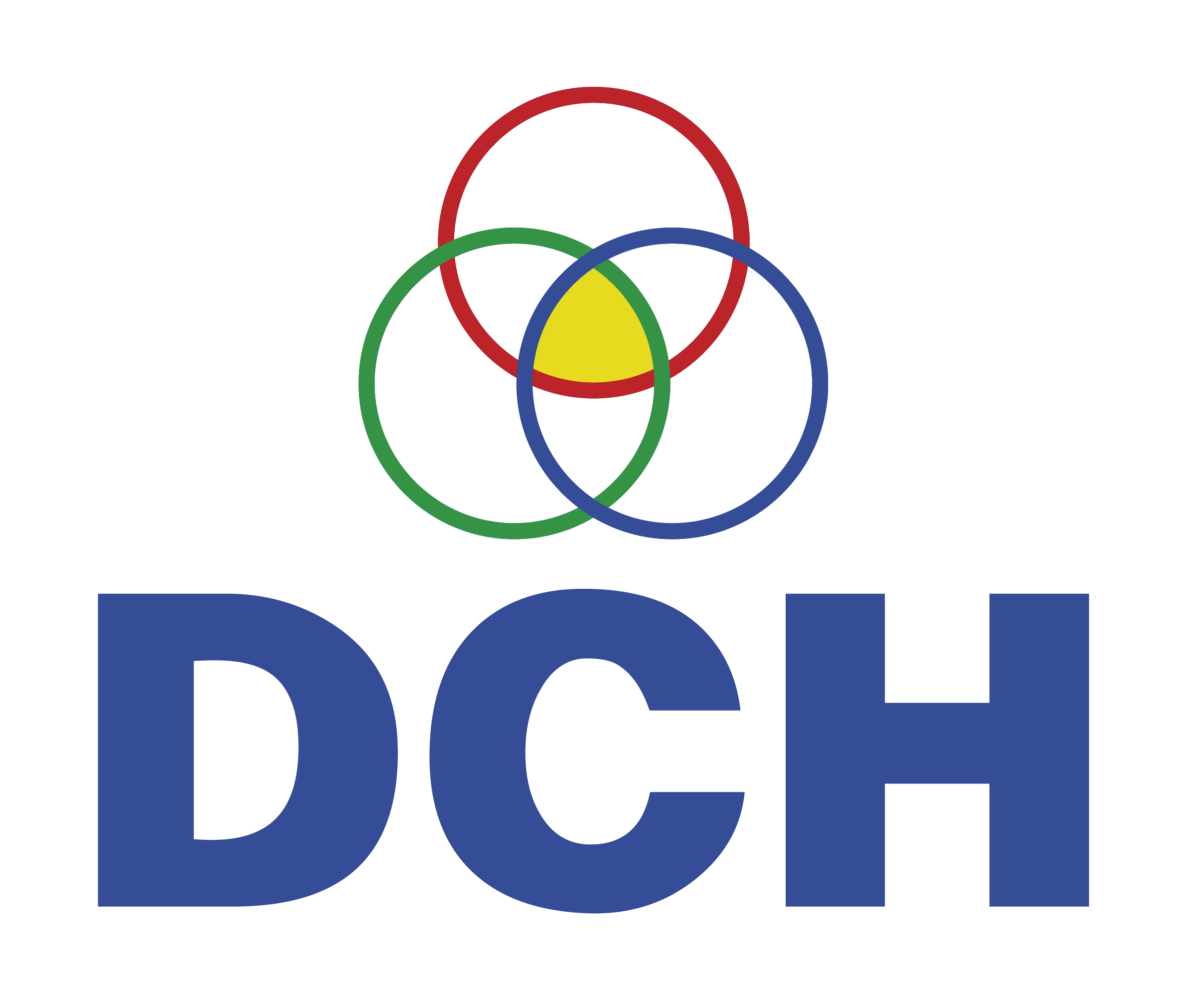Secure and reliable network connectivity has become a necessity for businesses. Point-to-point connectivity services are used by many large corporations to ensure that their WAN (wide area network) is always up and running.
Let's learn about this Point-to-Point Connection Service with DCH!!!
What is a point-to-point connection?

A point-to-point connection (also known as a point-to-point link, P2P link, private line, or leased line) is a form of secure connection between two locations via a Layer 2 data connection, creating a closed network. Data transmitted over this connection does not travel over the public Internet, thus avoiding the risk of hackers or cyber attacks.
Point-to-point connections are so secure that minimal data encryption is required. However, where extremely high levels of security are required (such as in the government or financial sectors), some providers may add encryption services to their point-to-point connections.
When to choose Point-to-Point Connection?
Point-to-point connections come in different service levels, but are typically used for requirements that:
High Bandwidth: The ability to transmit a large amount of data in a given period of time.
Low Latency: Minimal delay between user action and network response.
Low Packet Loss Rate: Ensures that data packets are fully transmitted without loss.
Point-to-point connections can maintain high quality of service (QoS) because data always travels along a fixed route, unlike the public Internet, where data can be rerouted in many different ways.
Common Advantages of Point-to-Point Connection Services:
- Secure connection to Data Centers or cloud services.
- Transfer large files.
- Protect data during backup (disaster recovery).
- Provide secure WAN access to users.
- Supports uninterrupted video streaming.
- Ensure performance for critical applications.
Additionally, “wave circuits” are also a high bandwidth option for WANs, often used similarly to P2P transmission.
Factors to Consider When Choosing Point-to-Point Services

Despite its many benefits, point-to-point connections also require a greater investment of time and resources than public Internet connections.
Connection Management:
These are unmanaged links. The business needs to provide the necessary hardware and is responsible for troubleshooting, unless the problem lies with the supplier.
Service Level Agreement - SLA)
While point-to-point services often come with SLAs, customers are also responsible for traffic management and data prioritization. This requires a dedicated technical team to classify and coordinate traffic based on importance.
Service costs:
Point-to-point costs are trending down due to competition from other WAN options such as “dark fiber” and “wavelength services.” However, if you want to expand your network to multiple points in the future, P2P may not be the most cost-effective solution.
